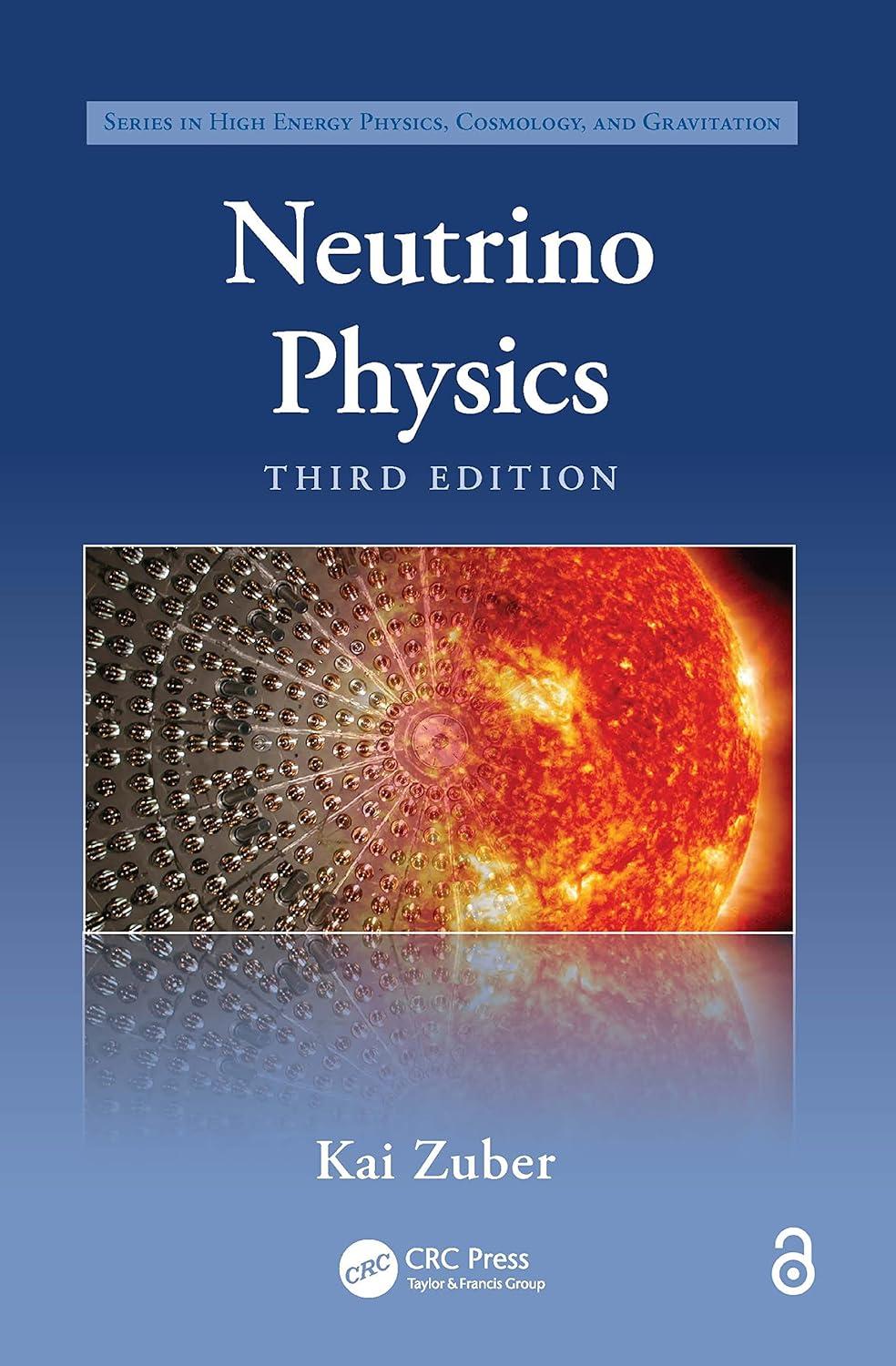Question
Photoelectric Effect You should find that the work function from each wavelength is nearly the same, possibly only different by an uncertainty in the exact
Photoelectric Effect
You should find that the work function from each wavelength is nearly the same, possibly only different by an uncertainty in the exact voltage that truly stops the current. How does this confirm Einstein's model of the photoelectric effect, and how would you use these data to find Planck's constant, if you did not know it.
Additional information to help with question :
In 1905, Albert Einstein submitted a short paper in which he proposed that light was made of energy quanta, what we now call "photons", which interacted with the material to produce this effect. It was for this discovery that he received the Nobel Prize in 1921.
The central idea depends on understanding that the electrical current is the result of a flow of electrons, each containing a fixed charge e and having a mass m. The electrons carry away energy as a consequence of their motion, and typically these energies are quite small compared to the total mass-energy that includes the relativistic concept of the equivalence of mass and energy. In this experiment, the speeds of the emitted electrons are far less than the speed of light, especially for those that just barely escape the surface. The ejected photoelectron starts with the energy of the photon with which it interacts, and has a maximum kinetic energy after it leaves the surface that is
=Emax=EphotonW
The "W" is called the "work function" of the material's surface. The energy of the photon is
==/
Step by Step Solution
There are 3 Steps involved in it
Step: 1

Get Instant Access to Expert-Tailored Solutions
See step-by-step solutions with expert insights and AI powered tools for academic success
Step: 2

Step: 3

Ace Your Homework with AI
Get the answers you need in no time with our AI-driven, step-by-step assistance
Get Started


